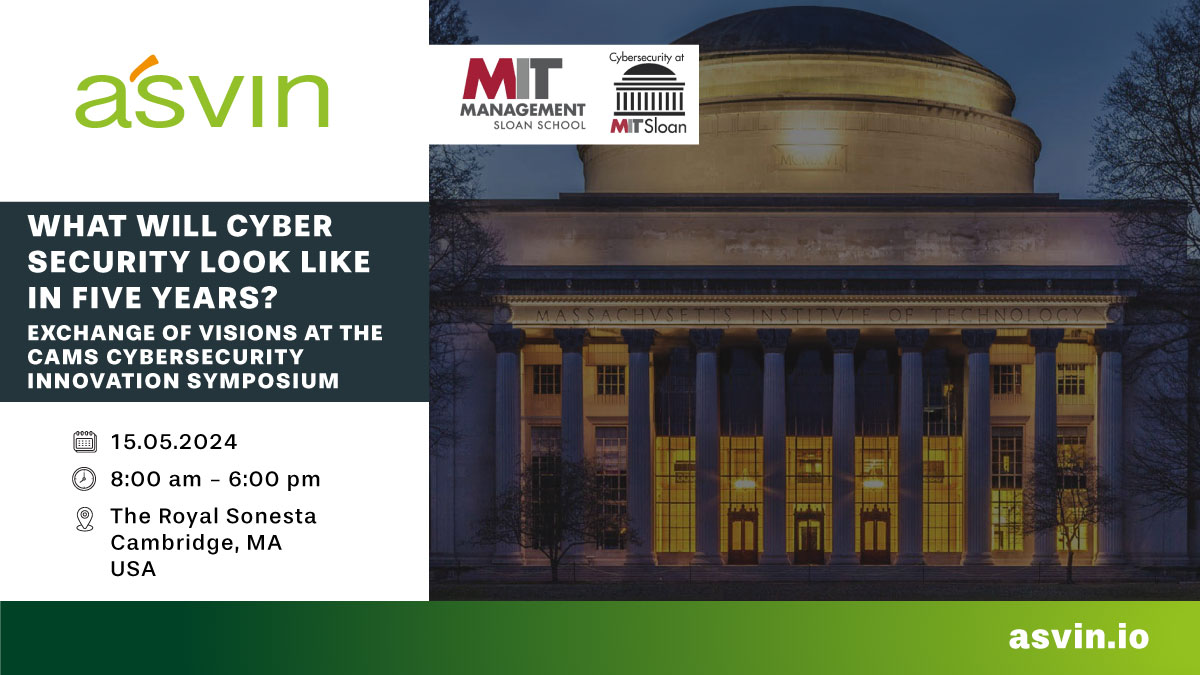automotive1224-draft
Automotive Cybersecurity
Automotive Cyber Security regulations such as UN ECE WP.29 R155 (CSMS) and R156 (SUMS) is widely adopted in the industry as well as standards such as ISO/SAE 21434 approaches with its related Cyberscurity Risk Managment processes.
All of these require better systematic risk and model-based automotive cyber security management.
From Risk to Compliance: Mastering Automotive Cybersecurity at Every Stage
Cybersecurity Riskmanagement
Automotive cyber incidents are leading to multiple types of adverse outcomes which all need to be managed under a unified cyber risk management framework.
Recent 2022 cyber incidents resulted in significant impactful adverse outcomes of various categories including safety, disruptions, financial losses, privacy violations, as well as overall confidence and reputation degradation.
Software lifecycle management
Automotive and smart mobility cyber incidents increasingly cross multiple organization boundaries, between OEMs and Tier1, Tier 2, and other suppliers, between vehicle and right-to-repair partners, between vehicle in V2X communication partners, between vehicle and commercial transaction partners, between fleet managers and eco-system partners, and between software-defined vehicles and their functionality providers, among many examples.
What’s Driving the Rise of Cybersecurity Risks in Automotive?
The automotive industry is undergoing a fundamental transformation. While traditionally focused on design, electronics, and mechanics, today’s vehicles are defined by software. The shift to software-driven development introduces unprecedented complexity and challenges that extend across the entire supply chain.

The Rise of Software Complexity in Vehicles
Modern vehicles now rely on numerous sensors, intelligent algorithms, specialized processors, and highly sophisticated user experiences.
These advancements have made software development a dominant cost driver.
By 2015, vehicles already contained over 100 million lines of code, and this is projected to grow exponentially.
The Expanding Cybersecurity Threat Landscape

The rise in software complexity has created new attack surfaces and vulnerabilities for cyberattacks.
This diverse range of attack vectors underscores the growing need for robust cybersecurity measures.
In 2022, incidents targeted a variety of automotive components and systems:
35% involved telematics and application servers
18% exploited remote keyless protocols.
14% targeted ECUs (e.g., TCUs, gateways).
12% focused on API weaknesses.
8% involved infotainment systems.
6% targeted mobile applications.
4% attacked EV charging infrastructures.
A smart tooling with graph-based traceability links required metadata over life cycle
















